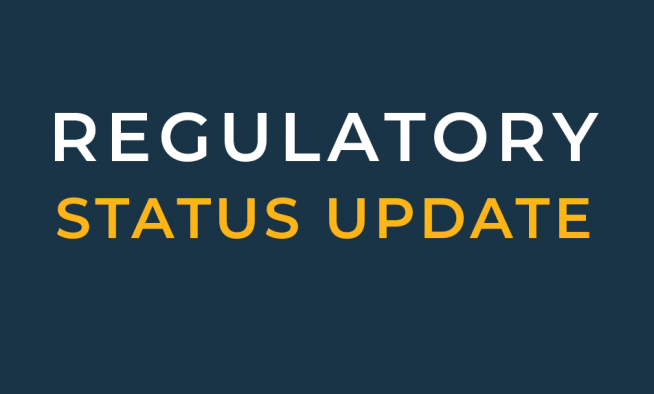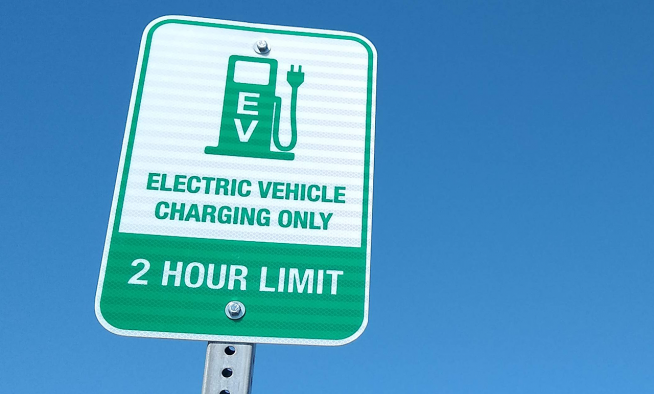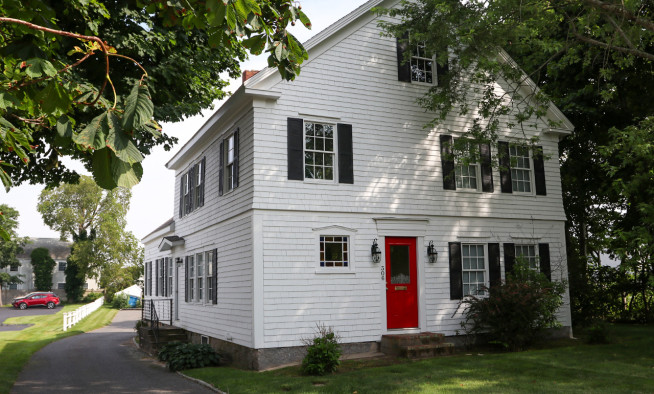New technology helps deepen understanding of pollutant flow near ponds
Cape Cod Commission staff are using a new method to calculate pollutant levels in the areas around ponds.
Water flowing from roads during storms sweeps a variety of sediment, nutrients, and pollutants that can negatively impact water quality. Ponds are susceptible to some of these nutrients. Even after the rain stops, the bacteria, nutrients, and pollutants from stormwater runoff can also lead to algal blooms and beach closures.
Knowing the problem areas is the first step to knowing where improvements must be made. Using hydrologic response units (HRUs), Commission staff are working to identify the most at-risk sections of a pond buffer so treatment can begin in the areas that need it most.
HRUs are data points representing areas of common physical characteristics that are expected to respond to precipitation and other weather events similarly. By combining land cover, land use, and soil type using a chart developed by the US Environmental Protection Agency, HRUs can provide a planning-level estimate of runoff and pollutant loading from defined land areas.
The use of HRUs condenses over 13,000 potential combinations of land use, land cover, and soil type into a manageable 56 categories, for which runoff volume, phosphorus, nitrogen and total suspended solids loading potential have been modeled. By streamlining the approach and fixing the data resolution to one scale, HRUs can be used to quickly and visually identify hotspot areas that generate large amounts of runoff, nutrients, or solids. The HRU data layer can also quantify estimated runoff or nutrient loading for a defined study area and can serve as an input to more sophisticated stormwater modeling and planning tools.
For example, staff have isolated road sections that pass within 100’ of a pond. The HRUs that underly these road sections are used to stand in for how much the road contributes to nutrient loading in each pond. This new information can help us determine if and how roads that run close to ponds affect the pollutant level in the pond.
Much of the existing stormwater infrastructure on Cape Cod was not designed with climate change in mind. As storm frequency and intensity increase, stormwater control will need to evolve to manage larger peak volumes of surface flow. Pinpointing areas that already have nutrient loading problems or that have conditions that could create a problem will help stormwater managers position and design the most effective site-specific solutions.




